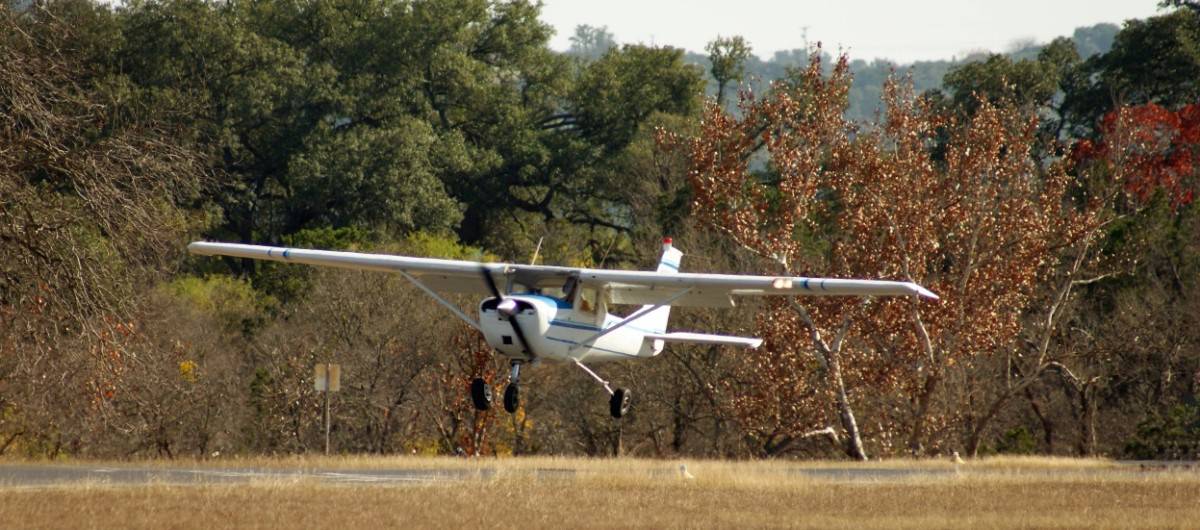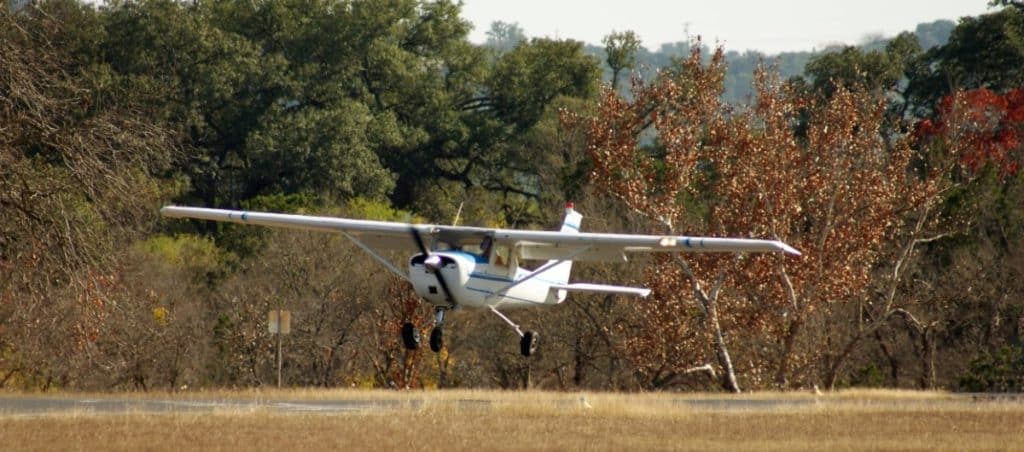
When I first began looking at what it took to become a pilot the one thing that stood out by a mile was how much it costs to learn how to fly! At that time I was in my late teens and the cost just ruled it out for me being a regular Joe. Surely the only people that can become a pilot are the wealthy!
Learning to fly is expensive due to the high hourly rental costs of the aircraft & the large number of hours required to meet the requirements to take flight tests. Aircraft costs like fuel, insurance, instructor, depreciation, maintenance & school facilities are all included in the hourly rental cost.
After many years and lots of research, I found a way to be able to afford the cost of flight training and I became a full-time helicopter pilot. In this article, I’m going to discuss why it costs so much to learn how to fly, but also give you tips and tricks on how you can make it cheaper!
The cost of learning to fly is broken down into two parts:
- The hourly rental cost of the aircraft
- The number of hours required to take the flight test
The culmination of these two numbers is what the final bill will come to once you have gained your pilot’s certificate. For pilots wishing to fly just for recreation the aircraft they learn to fly in can be simpler and cheaper and will require fewer hours to gain their pilot certificate – Thus costs less.
For those pilots who wish to fly as a profession, they will require multiple pilot certificates and require training on various aircraft with increasing hourly rental costs – This costs a lot!
If you wish to see what it costs to become any kind of pilot I highly recommend you take a read of this aritcle:
What Goes Into Hourly Aircraft Rental Costs?
Aircraft are an expensive vehicle and they cost the owner money every year to keep them airworthy no matter if they fly or not. To offset these costs the aircraft is budgeted to fly a set amount of hours per year to which these fixed costs can be divided.
When an aircraft is then flown, the cost to fly it is added to that hourly cost. The more it flies, the cheaper the hourly rate becomes.
To cover the cost of the training aircraft the flight school owner needs to include the following in the hourly cost to remain profitable:
Aircraft Costs:
Planned & Unplanned Maintenance
All aircraft have to have regular inspections based on time flown or per calendar date. These inspections require a licensed aviation mechanic to do the inspection which includes their labor, the facility space for the inspection, and then the lost revenue of the aircraft being taken off the flight line.

Parts will need to be replaced with regular wear and tear and some items need to be replaced or completely overhauled at a set amount of hours flown. For example; a typical airplane engine may require a complete overhaul at 2000 hours with a cost of $20,000-$30,000.
When students mess up and bend or damage part of the aircraft that unexpected cost has to be absorbed by the school to have the parts replaced, time for the mechanic, and loss of time from the flight line.
Aircraft maintenance can be by far one of the biggest components of an aircraft’s hourly rental cost.
Fuel & Oil
We all know how much fuel prices keep increasing! The same happens with flight schools. Aircraft are thirsty and even the smallest training airplanes and helicopters can guzzle their way through around 7-10 gallons of aviation gasoline (Avgas) per hour at roughly $5.50/gal.
This equates to around $55/hour alone.
Engine oil is also consumed at a fairly rapid pace with regular oil changes required to ensure the engine runs at peak performance. This also gets added to the hourly rental cost.
Instructor
To learn how to fly you need someone crazy enough to be sat in the seat next to you showing you what to do and rescue the aircraft when the student loses control. It happens a lot during the first couple of hours, especially when learning to fly a helicopter!
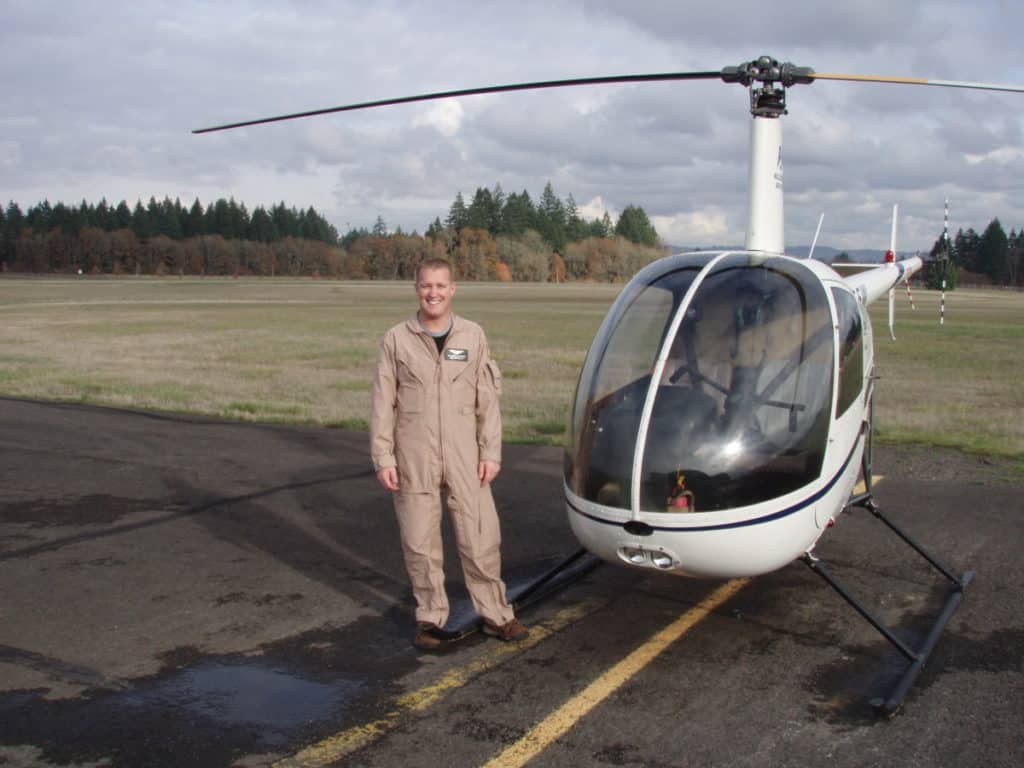
My days as an instructor were great fun and the flight school had to charge for my time for them to pay me.
Schools will typically charge the instructor anywhere from $40-$70 per flight hour.
Insurance
As you can imagine, the insurance costs to cover the aircraft, the student, the instructor, and then any damage to persons or property on the ground is very high. Flight training is a risky business and aviation as a whole has a bad stigma for accidents, which usually end up with fatalities.
Insurance premiums the flight school must pay are high and those must be passed onto the students within the hourly rental rate.
Purchase Cost & Depreciation
Nobody can learn how to fly and gain their pilot certificate without being an aircraft at some point. To purchase that aircraft is not cheap, even a small used Cessna 152 with good time remaining on it can cost $100,000. If the school wishes to purchase a new aircraft they are looking at over $300,000.
To recoup the initial purchase cost the school will take the estimated life of the aircraft in hours and divide that by the cost needed to recoup the investment, then add a portion of that cost to each flight hour over the aircraft’s life.
Regulatory Compliance
To maintain high standards of safety the FAA or aircraft manufacturers can release AD’s (Airworthiness Directives) that aircraft owners must comply with. These can be in the form of an increased inspection schedule of a component or maybe even the upgrade of aircraft avionics.
The cost of complying with the AD’s need to be covered by the flight school but ultimately will be passed onto the student in the hourly rental cost.

Join My Newsletter & Get Great Tips, Information and Experiences To Help You Become a Superb Pilot!
Flight School Costs:
In addition to the cost just to keep the aircraft airworthy are the costs to run and maintain the school. This is a cost that can be reduced by students if they wish to purchase their own aircraft and have an instructor teach them in it, or by using a local instructor who has their own aircraft.
When a student attends a flight school the running costs also need to be included in the hourly rental costs of each aircraft to ensure a roof remains over their heads.
Here are some of the typical facility costs added onto each aircraft flight hour:
Facility Rent/Mortgage/Lease
Most flight schools will lease their facility and hangar space from the airport on which it resides. This means monthly lease fees unless the owner was/is lucky enough to have purchased the facility outright.
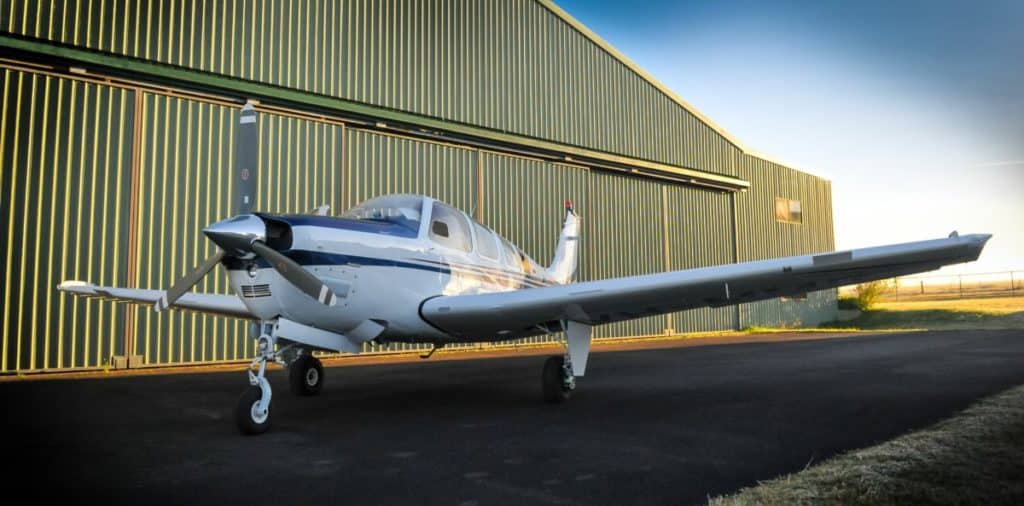
No matter who owns the building, the cost of ownership must be covered and again, this goes into the cost per hour for each aircraft.
Landing Fees
For airports to remain open they need to make money off the aircraft utilizing them to pay for and maintain the airport property, and save for future airport improvements. To do this, airports lease out the hanger and office spaces mentioned above, but they also charge each aircraft a fee every time it lands.
Most flight schools will have a fixed-fee contract with the airport management based on the number of landings the school’s aircraft completed in the previous years, but again, this cost is passed onto the hourly aircraft rental cost.
Utilities
When students are not flying they need a place to be taught ground school and study, the staff need a place to work and the engineers need a place to maintain and repair the aircraft.
The HVAC, electricity, natural gas, water/sewer, insurance, and taxes must all be paid to keep the school up and running. These fees are broken down and spread across the aircraft fleet.
Staff
All good flight schools need great staff to ensure it runs well. The smaller the school, the fewer staff members are required, but typically the school will have at least the following:
- Owner
- Reception/Admin/Dispatcher
- Instructor/s
- Maintenance Engineer/s
Larger schools may also have:
- Accounting
- Marketing
- Human Resources
- Chief Pilot/s
- Operations Managers
- Student Liaisons
Staff do not come cheap and the bigger the school, the higher the salary budget becomes. To cover these salaries the costs are split up over the fleet hours for the year and then each bit is added onto the hourly rental cost of the aircraft.
Marketing
For any school to become successful they need to get students in the door. Most flight schools will have a healthy budget allocated for national and sometimes global advertising across all media platforms.
Social media ads, digital brochures, and promotional videos are not cheap so again, these costs are passed onto the student.
Profit
No matter how well the school appears to be the student’s best friend, they are all a business and need to make a profit. No profit means the business can become cash poor and unable to absorb unforeseen costs like a student starting up a brand-new helicopter with the throttle fully open!
Yes, it did happen during my time there to a student on one of their solo hour-building trips and the cost for a replacement Robinson R22 helicopter engine was probably close to $100,000. Without cash in the bank, this could have folded the flight school.
All of the components that make up the hourly rental costs are totaled up and then a few more dollars are added to each hour to ensure the business is run profitably to ensure its success.
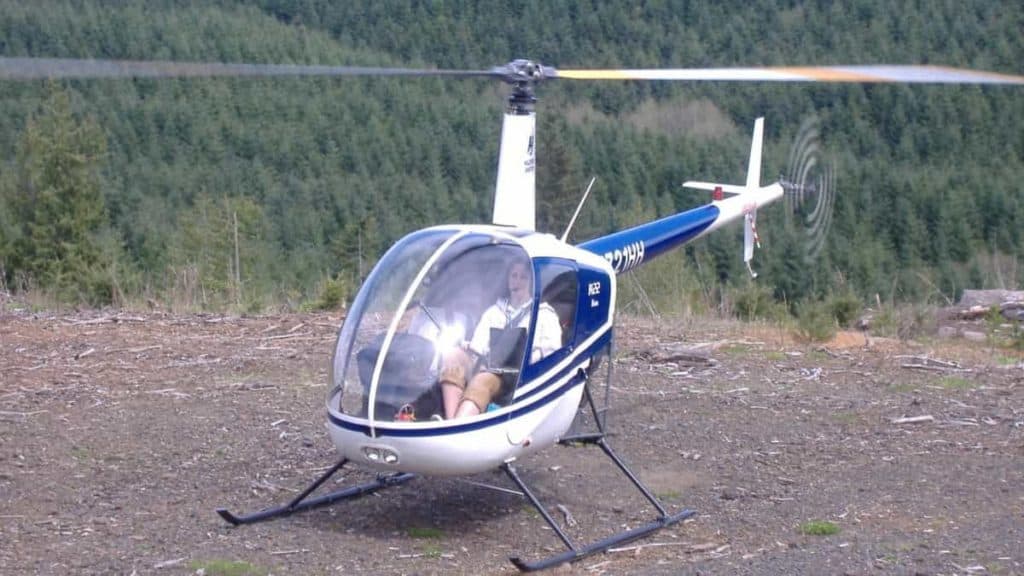
As of writing this here are some typical total hourly rental costs for common training aircraft:
| Aircraft | Hourly Rental Cost |
|---|---|
| Cessna 152 Airplane | $155/hour |
| Cessna 172 Airplane | $180/hour |
| Robinson R22 Helicopter | $345/hour |
| Robinson R44 Helicopter | $515/hour |
Now that we know how much the aircraft costs we need to look at how many hours are required by the FAA to become a pilot!
Learn More…
Try These Articles:
* Can Pilots Wear Glasses? Is This A Dream Destroyer?
* Can You Become a Pilot If You Are Colorblind? It Depends!
What is the Cost of Flight Training?
The FAA has split up its pilot certificates into a variety of categories to allow everyone to select the type of pilot they wish to become. Each certificate has its own requirements that must be met for it to be awarded to the applicant upon successful completion of the flight test.
The FAA has pilot certificates in the following categories:
- Recreational Pilot – Airplane
- Sport Pilot – Airplane
- Private Pilot – Airplane & Helicopter
- Commercial Pilot – Airplane & Helicopter
- Airline Transport Pilot – Airplane & Helicopter
- Certified Flight Instructor – Airplane & Helicopter
There are many classes within these pilot certificates that cover other aircraft like Hot Air Balloons, Gliders, Paragliders etc, but they have been left out for the relevance of this article.
For most pilots, the Private Pilot Certificate is the usual starting point for their flying endeavors and is what we will cover below:
Cost To Become an Airplane Private Pilot?
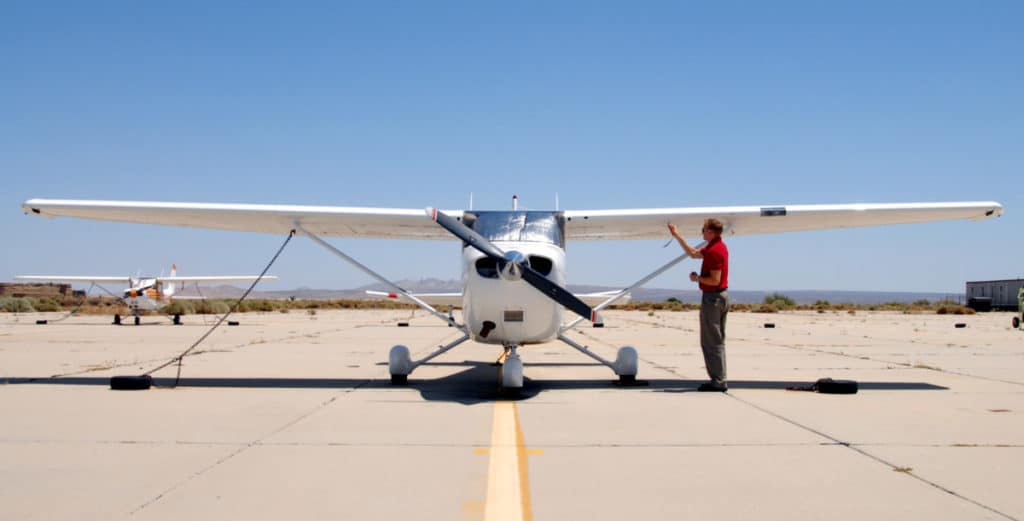
On average, it takes a student around 60 hours and $11,000 to gain their Private Airplane Pilot Certificate. Flight training will cost around $8,800, examinations around $700, ground study training around $1,000, and $400-$500 of extras like a headset, books, and flight training materials.
The FAA requirements to become a Fixed Wing Private Pilot are:
14 CFR Part61 Subpart E §61.109(a)
| Minimum Age: | 17 |
| Any Previous License Required: | Student Pilot, Sport Pilot or Recreational Pilot |
| Total Flight Hours Required: | 40 |
| Dual Hours Required: | 20 |
| Solo Hours Required: | 10 |
Costs:
Flight Training:
40 hours is the minimum required by the FAA, although most students complete the training in around 60 hours. Of the minimum 40 hours, 20 must be with an instructor, 10 must be solo, and 3 must be at night, although more hours are usually undertaken.
Average Hourly Rate of Cessna 152 Aircraft = $110/Hour
Average Hourly Rate of Flight Instructor = $45/Hour
FAA Minimum:
40 Total:
30 hours Dual x ($110+$45) = $4,650
10 hours Solo x $110 = $1,100
Total = $5,750
Student Average:
60 Total:
50 hours Dual x ($110+$45) = $7,750
10 hours Solo x $110 = $1,100
Total = $8,850
Ground School or Theory:
All students will require between 10-20 hours of one-on-one ground school with an instructor to cover aspects of flight, maneuvers, emergency procedures, etc. This ground is to prepare the student for the Practical Flight Examination (Checkride).
In addition, the student will need to complete some form of Home-Study course to prepare them for the Knowledge Written Examination.
Average Ground Instructor Hourly Rate = $45/Hour
Average FW Private Pilot DVD/Online Training Course = From $250
Examinations:
Medical Examination = At least a Third Class Medical Certificate. Average $60 (Ranged from $40-$80) or BasicMed
Written Examination = Average $150 (Ranged from $140-$175)
Flight Examination = Average $500 (Flight Examiner Ranged from $400-$600)
Extras:
Most students will require around $500 extras that can consist of:
- Headset ($300)
- Books
- Charts
- Aircraft Inspection Tools
- Flight Planning Tools
Total Private Pilot – FW Costs:
FAA Minimum:
40 Hours Total:
- 30 hours Dual x ($110+$45) = $4,650
- 10 hours Solo x $110 = $1,100
- Home-Study Theory Training = $250
- Medical Examination = $60
- Written Examination = $150
- Flight Examination = $500
- Extras = $500
Total = $7,210
Student Average:
60 hours Total:
- 50 hours Dual x ($110+$45) = $7,750
- 10 hours Solo x $110 = $1,100
- 15 hours One-On-One Ground Training x $45 = $675
- Home-Study Theory Training = $250
- Medical Examination = $60
- Written Examination = $150
- Flight Examination = $500
- Extras = $500
Total = $10,985
Cost to Become a Helicopter Private Pilot?
On average, it takes a student around 60 hours and $23,000 to gain their Private Helicopter Pilot Certificate. Flight training will cost around $20,000, examinations around $1,150, ground study training around $1,200, and $400-$500 of extras like a headset, books, and flight training materials.
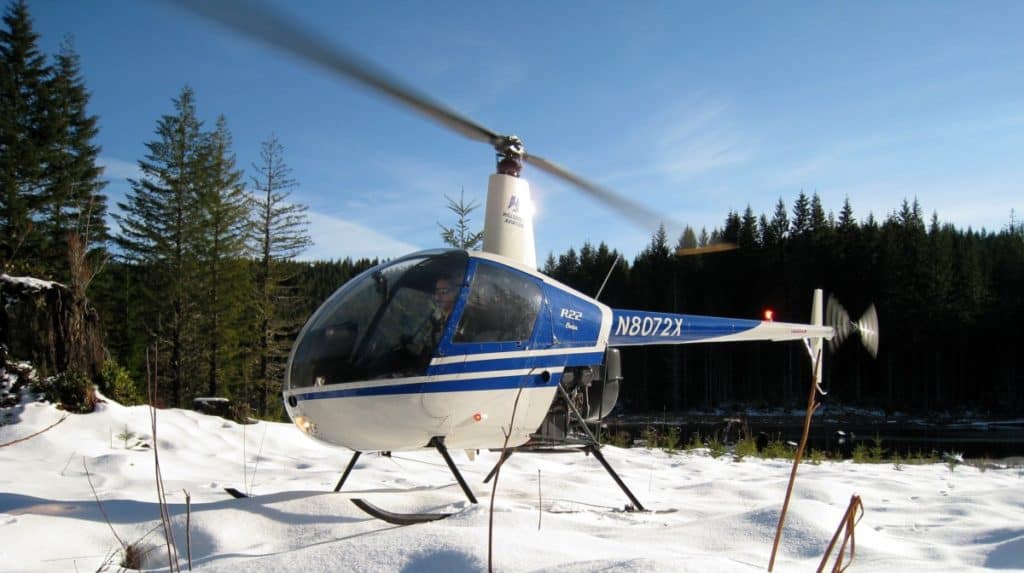
The FAA requirements to become a RW (Helicopter) Private Pilot are:
14 CFR Part61 Subpart E §61.109(c)
| Minimum Age: | 17 |
| Any Previous License Required: | Student Pilot, Sport Pilot or Recreational Pilot |
| Total Flight Hours Required: | 40 |
| Dual Hours Required: | 20 |
| Solo Hours Required: | 10 |
Costs:
Flight Training:
40 hours is the minimum required by the FAA, although most students complete the training in around 60 hours. Of the minimum 40 hours, 20 must be with an instructor, 10 must be solo, and 3 must be at night, although more hours are usually undertaken.
Average Hourly Rate of Robinson R22 Helicopter = $300/Hour
Average Hourly Rate of Flight Instructor = $45/Hour
FAA Minimum:
40 Total:
30 hours Dual x ($300+$45) = $10,350
10 hours Solo x $300 = $3,000
Total = $13,350
Student Average:
60 Total:
50 hours Dual x ($300+$45) = $17,250
10 hours Solo x $300 = $3,000
Total = $20,250
Ground School or Theory:
All students will require between 15-30 hours of one-on-one ground school with an instructor to cover aspects of aerodynamics, flight, maneuvers, emergency procedures, etc. This ground is to prepare the student for the Practical Flight Examination (Checkride).
In addition, the student will need to complete some form of Home-Study course to prepare them for the Knowledge Written Examination.
Average Ground Instructor Hourly Rate = $45/Hour
Average RW Private Pilot DVD/Online Training Course = From $250
Examinations:
Medical Examination = At least a Third Class Medical Certificate. Average $60 (Ranged from $40-$80) or BasicMed
Written Examination = Average $150 (Ranged from $140-$175)
Flight Examination = Average $950 (Flight Examiner Ranged from $400-$600) + 1.5 Hours R22 Rental
Extras:
Most students will require around $500 extras that can consist of:
- Headset ($300)
- Books
- Charts
- Aircraft Inspection Tools
- Flight Planning Tools
Total Private Pilot – RW Costs:
FAA Minimum:
40 Hours Total:
- 30 hours Dual x ($300+$45) = $10,350
- 10 hours Solo x $300 = $3,000
- Home-Study Theory Training = $250
- Medical Examination = $60
- Written Examination = $150
- Flight Examination = $950
- Extras = $500
Total = $15,260
Student Average:
60 hours Total:
- 50 hours Dual x ($300+$45) = $17,250
- 10 hours Solo x $300 = $3,000
- 20 hours One-On-One Ground Training x $45 = $900
- Home-Study Theory Training = $250
- Medical Examination = $60
- Written Examination = $150
- Flight Examination = $950
- Extras = $500
Total = $22,560
Learn More…
Try These Articles:
* How Hard is it to Become a Pilot? Instructor Tells All!
* Helicopter or Airplane: Which is Easier To Fly?

